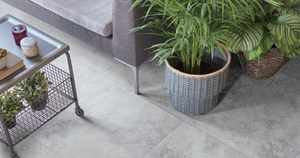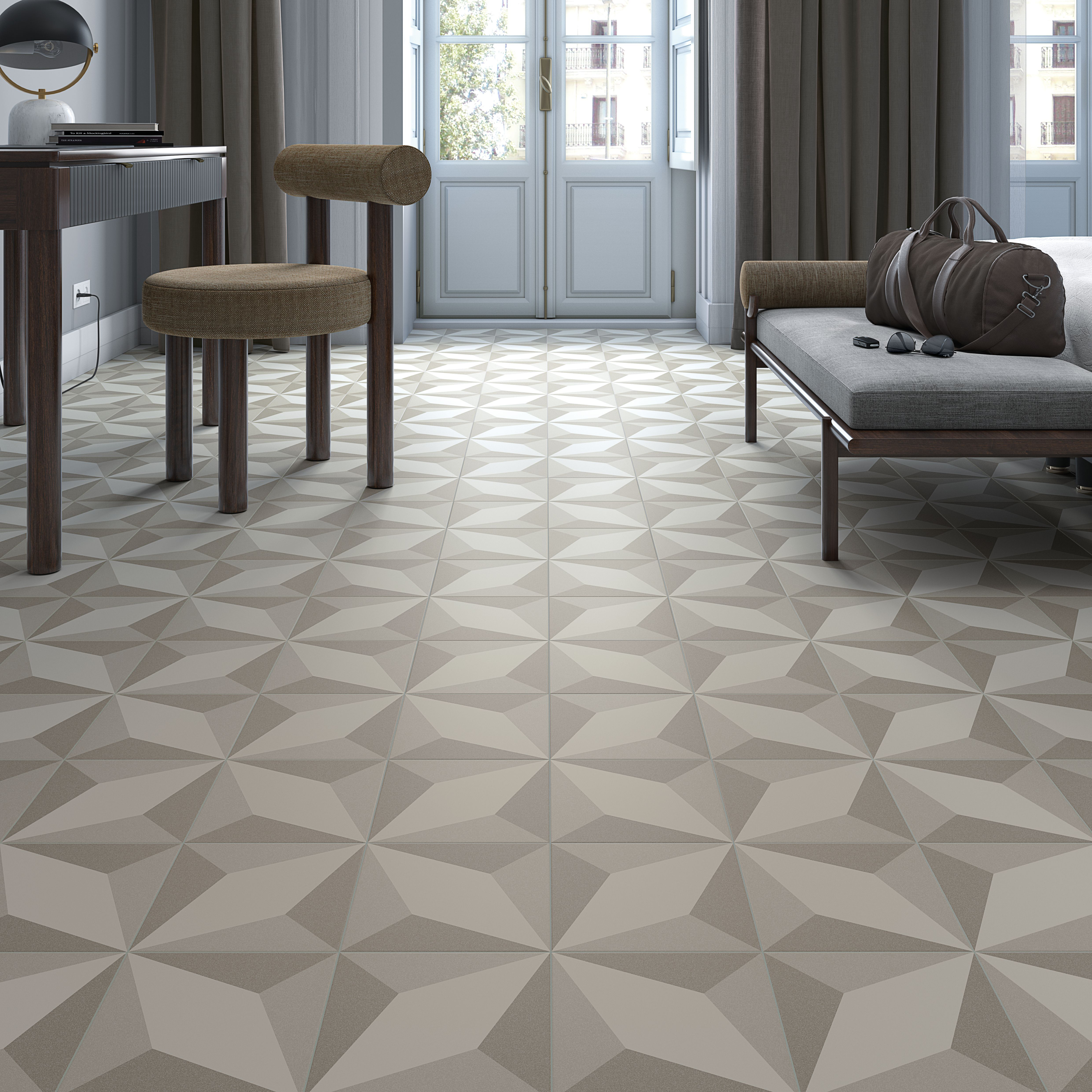28th Aug 2024
Your Tile Questions Answered: Insights from Tile Space
Tiles are a versatile and stylish choice for various surfaces in your home, but navigating the world of tiles can sometimes be confusing. At Tile Space, we aim to provide clarity on some of the most frequently asked questions about tiles. We asked Jason, our awesome Design Consultant from Tile Space Tauranga what his most commonly asked questions in-store were. Let’s explore these common queries and uncover the details you need to make informed decisions.
Can Tiles Be Mitred?
Yes, tiles can be mitred! Mitre cutting is a technique used to achieve a clean, precise corner by cutting the tiles at a 45-degree angle. This is especially useful for creating a seamless transition at corners, giving your tile installation a professional, polished look.
Ceramic Tiles: Mitre cutting ceramic tiles is relatively straightforward due to their softer composition. However, it requires a high-quality tile cutter or a diamond blade to ensure clean cuts and avoid chipping.
Porcelain Tiles: Porcelain tiles are denser and more challenging to cut. Mitring porcelain tiles demands specialised equipment and techniques to prevent breakage or damage. It’s advisable to consult a professional if you’re working with porcelain tiles to ensure the best results.
Where Are the Tiles Made?
Tile Space offers a diverse range of tiles sourced from various locations around the world:
- Ceramic Tiles: These are typically produced in countries like Italy, Spain, and Mexico. Ceramic tiles are known for their wide array of designs and affordability.
- Porcelain Tiles: Often manufactured in Italy and Spain, porcelain tiles are celebrated for their durability and strength. They undergo a more complex firing process than ceramic tiles, making them suitable for high-traffic areas.
Each location brings unique qualities to the tiles, from aesthetic appeal to technical performance.
Why Is There Such a Difference in Prices?
Tile pricing can vary significantly due to several factors:
- Material and Composition: Porcelain tiles are generally more expensive than ceramic tiles due to their more complex manufacturing process and superior durability.
- Design and Finish: Custom designs, textures, and finishes can drive up the cost. Specialty tiles, such as those with intricate patterns or hand-painted designs, are often priced higher.
- Brand and Origin: Tiles from renowned brands or regions known for high-quality production (like Italy) may come with a higher price tag.
At Tile Space, we offer a range of options to fit different budgets, ensuring you find the right balance between cost and quality.
What If My Tiles Are Damaged? How Easily Can They Be Damaged?
Tiles are generally durable, but they can be damaged under certain conditions:
- Ceramic Tiles: While ceramic tiles are resistant to wear and tear, they can crack or chip if subjected to heavy impact or improper installation. For minor damage, you can often replace individual tiles. However, if damage is extensive, you might need to consult a professional.
- Porcelain Tiles: Porcelain tiles are more resistant to scratches, stains, and water damage due to their dense structure. Still, they are not impervious to damage. High-impact forces can cause cracking, and heavy objects can break tiles if not handled carefully.
To prevent damage, ensure proper installation and avoid dropping heavy items on the tiles. Regular maintenance and prompt repairs can also help extend the life of your tiles.
How Should I Clean My Tiles? What Should I Be Using?
Proper cleaning and maintenance are essential for keeping your tiles looking their best:
- Ceramic Tiles: Use a mild detergent mixed with warm water and a soft mop or cloth. Avoid abrasive cleaners and scouring pads that can damage the tile’s surface. For grout, a grout cleaner or a mixture of baking soda and water can be effective.
- Porcelain Tiles: These are easier to maintain and can be cleaned with a solution of mild detergent and water. Avoid using harsh chemicals or acidic cleaners, as they can damage the tile’s finish. For stubborn stains, a gentle, non-abrasive cleaner is recommended.
Regular sweeping or vacuuming helps prevent dirt and debris from scratching the tile surface. For both ceramic and porcelain tiles, drying the surface after cleaning can prevent water spots and keep the tiles looking fresh.
Understanding your tile options and how to care for them can greatly enhance the longevity and appearance of your surfaces. Whether you choose ceramic or porcelain, proper installation, maintenance, and cleaning are key to ensuring your tiles remain beautiful and functional for years to come.
For more information or personalised advice, visit Tile Space or contact our knowledgeable team. We're here to help you make the best choices for your tiling needs!









































































